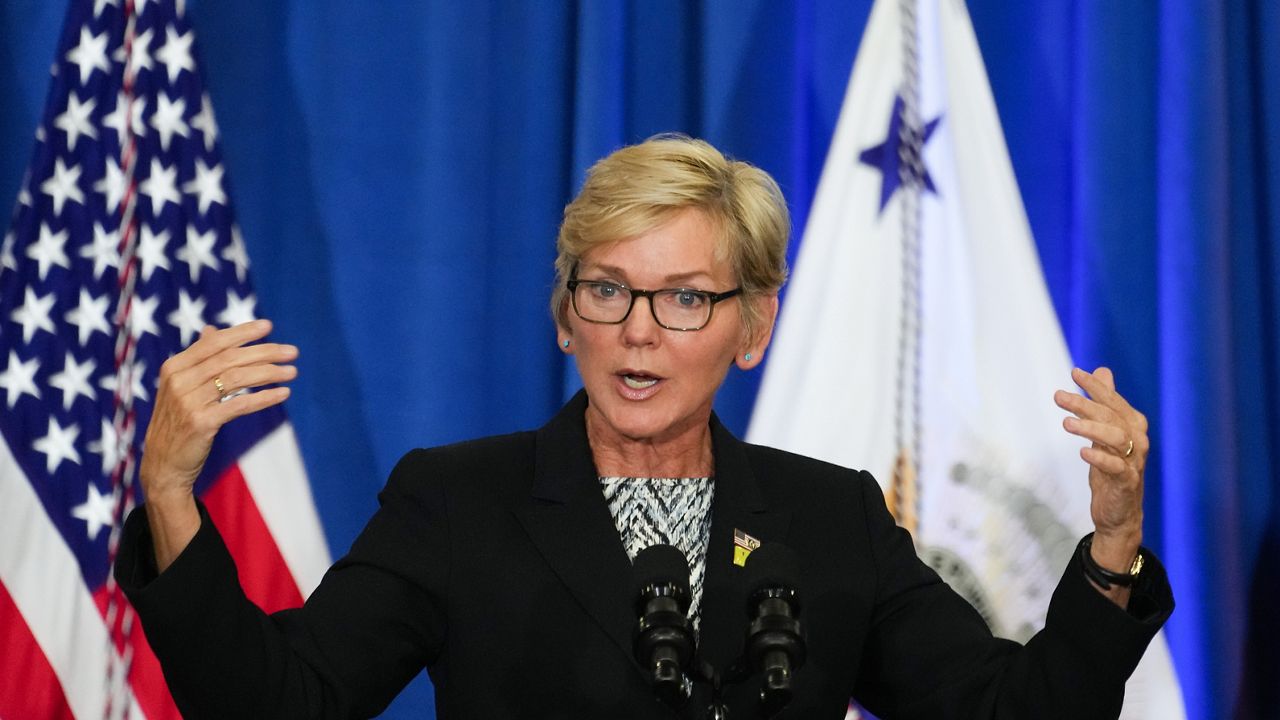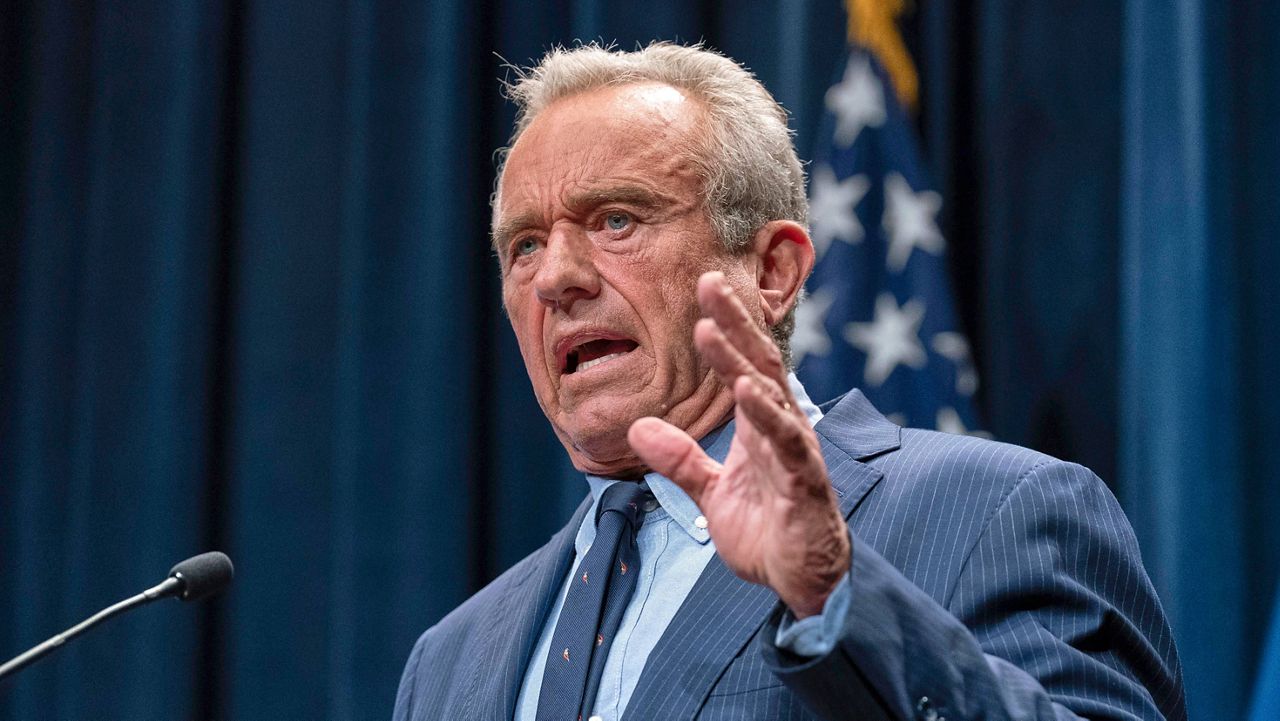The Biden administration on Wednesday announced it is investing $3.5 billion in 58 projects spanning 44 states to strengthen the nation’s electric grid, with administration officials billing it as “the largest investment in electric grid infrastructure in our country’s history.”
“The grid, as it currently sits, is not equipped to handle all the new demand. We need it to be bigger, we need it to be stronger, we need it to be smarter to bring all of these new projects online and to meet the President's goal of 100% clean electricity by 2035,” Energy Secretary Jennifer Granholm told reporters during a call on Wednesday.
Mitch Landrieu, a White House senior adviser who coordinates implementation of the 2021 infrastructure law signed by President Joe Biden added the funding will help address issues with the grid amid extreme weather events as seen recently with wildfires in Maui and California.
“In fact, more than half of our transmission lines and power transformers were installed before 1970 and an outdated grid is especially vulnerable to the increasing impacts of the climate crisis,” he said. “Older equipment can overload during extreme heat and cold when power is needed most and it's also more likely to fail when communities are washed out by historic floods and decimated by stronger storms.”
“There's a big difference between losing electricity for five minutes and being in the dark for hours,” Granholm added.
The funding comes from the $10.5 billion allocated in the Bipartisan Infrastructure Law to the Grid Resilience and Innovation Partnerships Program, or GRIP. Granholm said coupling the administration’s investment with money promised by private partners, the announcement will create an $8 billion investment in total.
It marks the first batch of funding awarded from the program, with Granholm saying she expects the next round of applications to be opened before the end of the year.
“We are on a mission to transform this grid and we're making sure the American people feel the benefits,” Granholm told reporters.
Projects to be funded include $249 million each for rural areas in Georgia and Louisiana and $250 million for a Native American tribe in Oregon.
The largest grant, $464 million, will go to improve five transmission projects across seven Midwestern states, from Iowa to North Dakota. The money includes $95 million previously announced for Hawaii in the wake of devastating wildfires this summer, and $150 million to PacifiCorp to upgrade the grid and boost wildfire mitigation in California, Oregon, Utah and other states.
In Georgia, the state’s environmental finance authority and companies that supports Georgia’s electric cooperatives will team up on a project to upgrade the grid, including investments in battery storage, local microgrids, grid reliability and new transmission lines. The project will focus on remote, historically underinvested communities, Granholm said, including rural Locust Grove, Georgia, where she visited Wednesday as part of the grant rollout.
In Louisiana, two projects will focus on helping disadvantaged communities withstand extreme weather and develop microgrids to work with local utilities and back up existing assets. Entergy New Orleans also will enhance the local grid’s resilience to severe weather, including hardening existing transmission lines and distribution systems to reduce outage frequency and duration.
CPS Energy in San Antonio will receive $30 million for a resiliency program, and Minnesota-based Xcel Energy will receive $100 million for projects in Texas, Colorado, New Mexico, Minnesota and Wisconsin to mitigate wildfire risk, including thousands of fire-resistant poles. Texas has faced repeated challenges, from sweltering heat this summer to a winter blackout in 2021 that knocked out power to millions of customers and resulted in hundreds of deaths.
In Michigan, Consumers Energy will get $100 million to strengthen electric systems in disadvantaged communities where outages are more frequent, including northern Michigan and the Flint and Grand Rapids areas. DTE Energy, meanwhile, will receive $23 million for adaptive microgrids in the Detroit area to enhance reliability and reduce outages.
In Oregon, the Confederated Tribes of Warm Springs Reservation will work with Portland General Electric to upgrade transmission capacity and improve service east of the Cascade Mountains, including the reservation.








